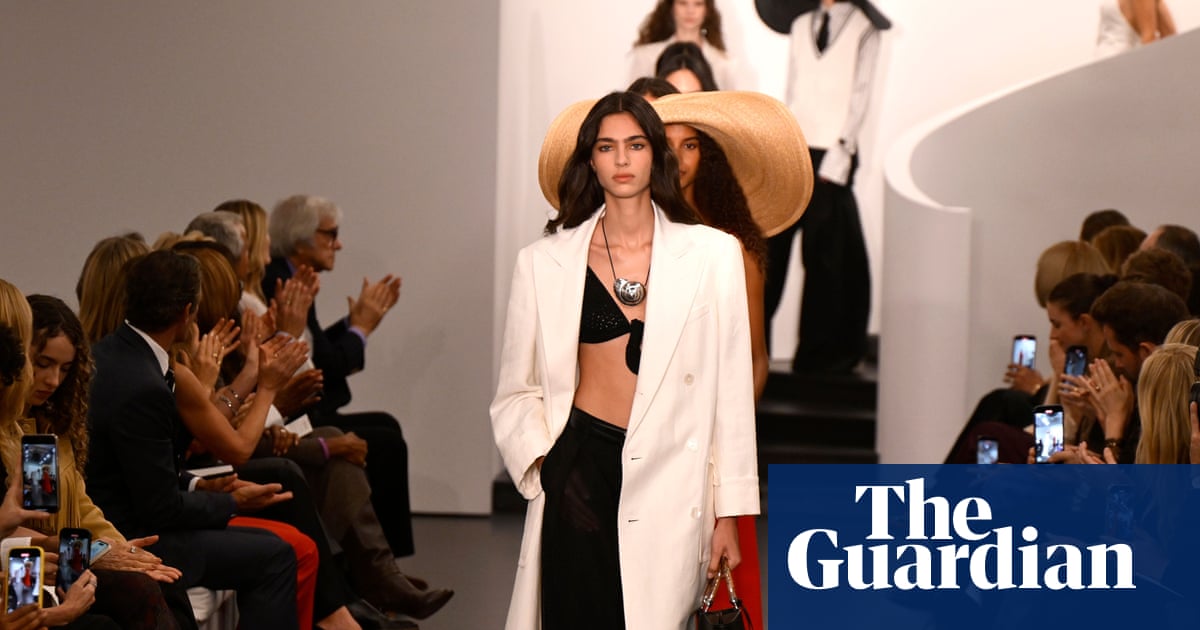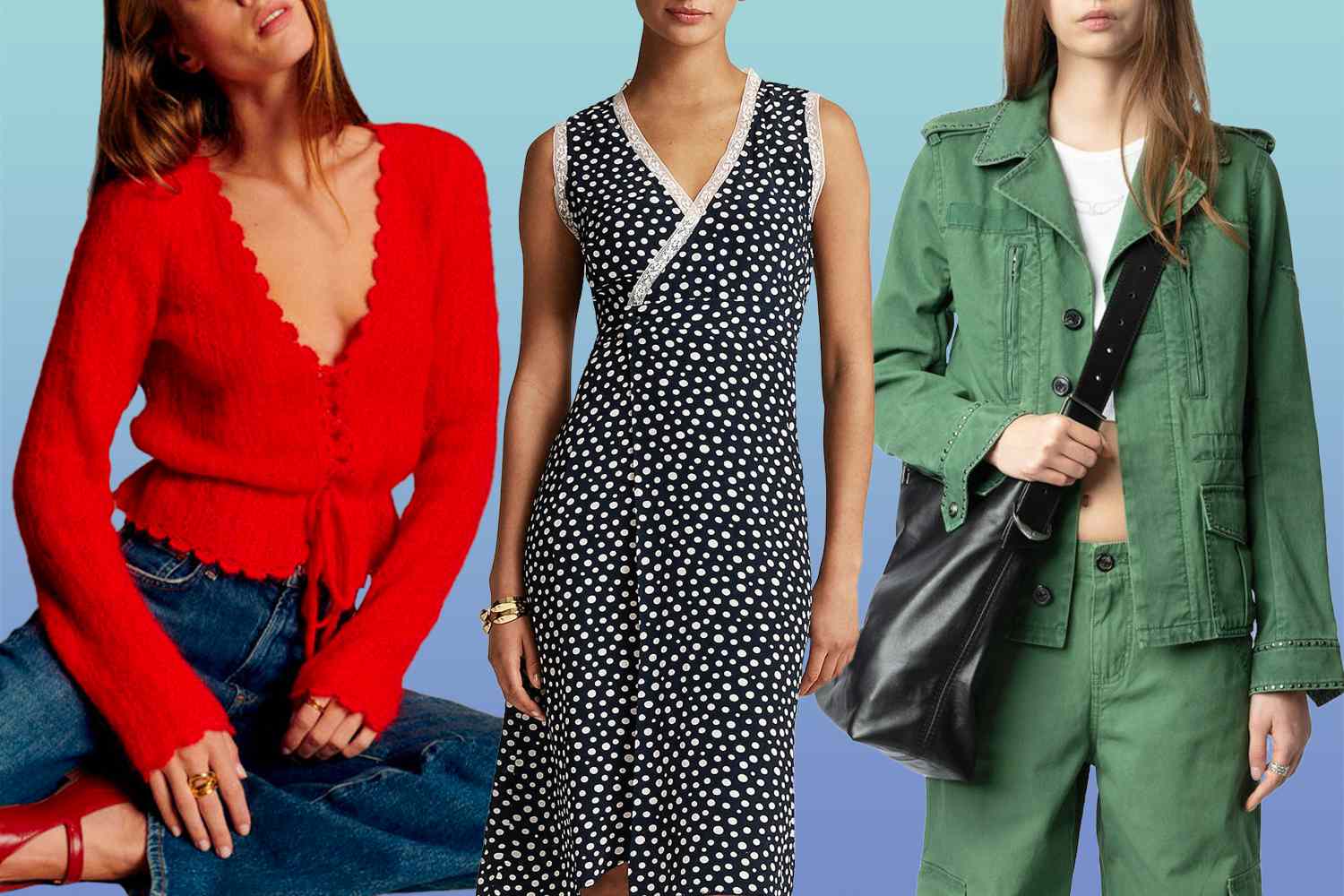Models backstage at the Dior Homme spring ready-to-wear 2026 fashion show as part of Paris Men’s Fashion Week. (Photo by Kuba Dabrowski/WWD via Getty Images)
WWD via Getty Images
Taking cues from womenswear—and the maximalist silhouettes that dominated the runways of New York, Paris, Milan and London last fall—the collection of garments displayed at Men’s Fashion Week were nothing shy of experimental. Designers embracing experimentation struck an elegant balance between classic style staples and elevated craftsmanship with a modern use of innovative techniques, textures and textiles.
Even before the run of back-to-back shows began, all attention was fixed upon Jonathan Anderson as followers of the fan-favorite designer eagerly anticipated what Loewe-honed distinction he would bring to his newly-appointed position as creative director of Dior.
A model backstage at the Dior Homme spring ready-to-wear 2026 fashion show as part of Paris Men’s Fashion Week. (Photo by Kuba Dabrowski/WWD via Getty Images)
WWD via Getty Images
Despite Dior’s late show date at the tail end of Men’s Fashion Week, the collection—the designer’s first at the helm of the legacy French haute couture house—set the tone for the entire season. With exaggerates silhouettes and bold colorways, Anderson brought new whimsy to the traditionally formal structure of the Dior runway—honoring the brand’s heritage with subtle references to archetypal men’s suiting, knitwear and outerwear.
Models backstage at the Dior Homme spring ready-to-wear 2026 fashion show as part of Paris Men’s Fashion Week. (Photo by Kuba Dabrowski/WWD via Getty Images)
WWD via Getty Images
In a press, Dior defined its newest menswear collection through the lens of one central noun: joy.
“Joy in the art of dressing: a spontaneous, empathetic collusion of then and now, of relics of the past, things rediscovered in the archives, classic tropes of class, and pieces that have endured the test of time,” the brand said.
A model backstage at the Dior Homme spring ready-to-wear 2026 fashion show as part of Paris Men’s Fashion Week. (Photo by Kuba Dabrowski/WWD via Getty Images)
WWD via Getty Images
Anderson’s “reconstruction of formality”—another well-phrased description of the brand’s newest collection courtesy of the brand’s own promotional materials—anchors its playfulness with structurally surprising garments against casual menswear staples. Wide leg trousers copped to the ankle and adorned with cargo pockets; an oversized collar and bold-printed tie styled against a crisp button-up shirt; a sickly green sweater-coat hybrid layered over ripped jeans and striped tube socks—all demonstrated the directional shift Dior is taking towards the loud, the vibrant and the interesting.
Echoing Anderson’s playful use of textiles, Japanese luxury brand Sacai lined its Paris runway show with similarly creative looks that utilized an exaggerated sense of scale—adding colorful variety to an otherwise minimalistic palette of garments. The brand transformed timeless basics such as navy blue dress shirts and pinstriped blazers were reimagined with off-kilter cuts. Flipping the trouser pattern on its axis to dramatize its angularity and amplifying the width of a shirtsleeve to double its usual thickness were a few simple ways Sacai was able to integrate a new variety of shapes into conventional closet staples—disrupting both clothing symmetry and the expectation of audiences.
In its show notes, Sacai—currently at the helm of founder Chitose Abe—described its menswear collection as a reinterpretation of traditional design archetypes in “unexpected and disruptive ways.”
“By challenging conventional notions of fashion and blending disparate ideas into cohesive garments, Abe elevates design to a realm where the familiar meets the utterly unique,” the statement continues. “Offering, a new perspective on clothing that is comforting in its familiarity and originality.”
Several other brands including Jacquemus, Wooyoungmi, Craig Green, Saint Laurent, The Row, Giorgio Armani, Simon Cracker and Prada stood out as exemplifying the same use of unorthodox size, scale and shape within its most recent collections—adding to the noise of fun, fresh design and redefining a “new normal” for the future of menswear.


